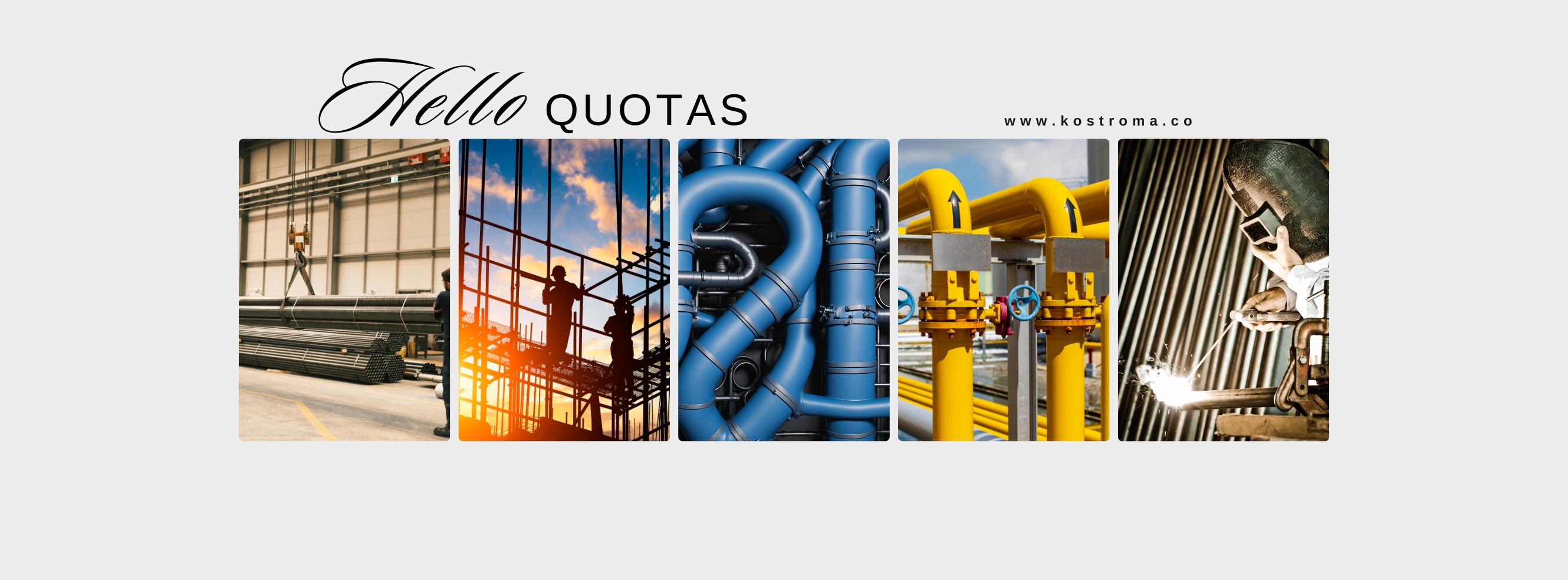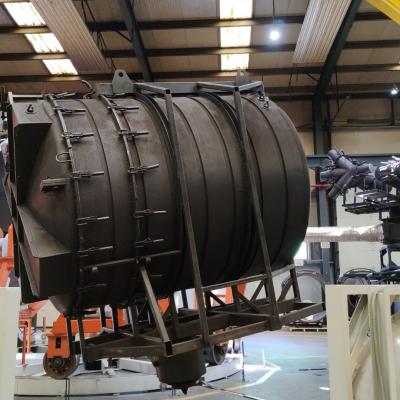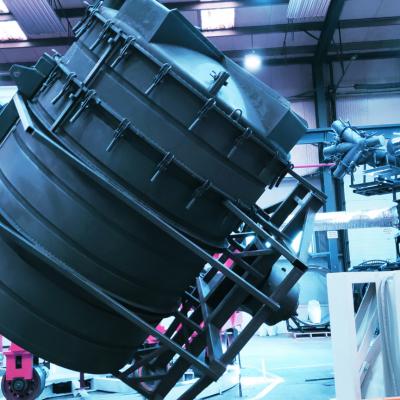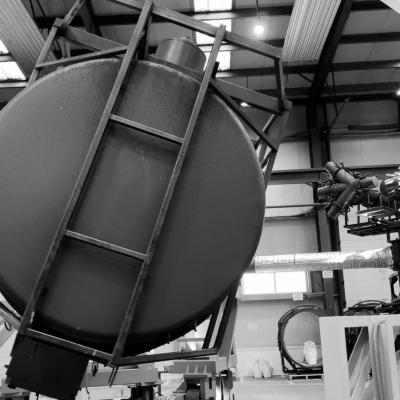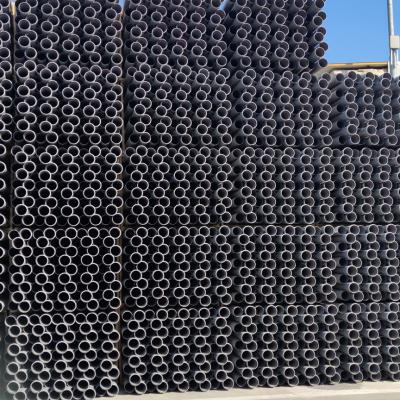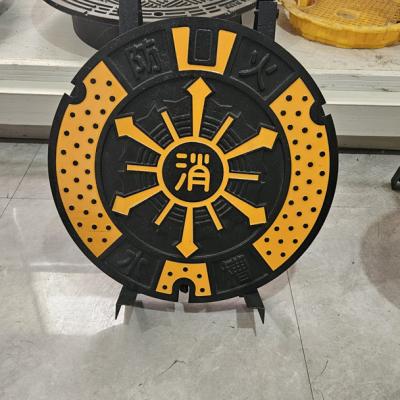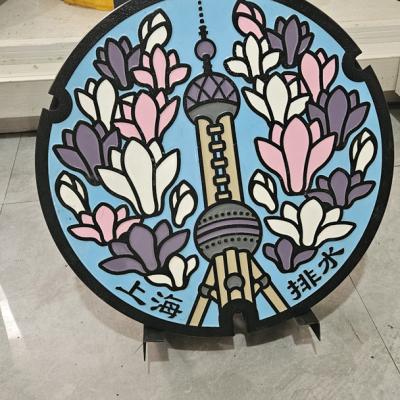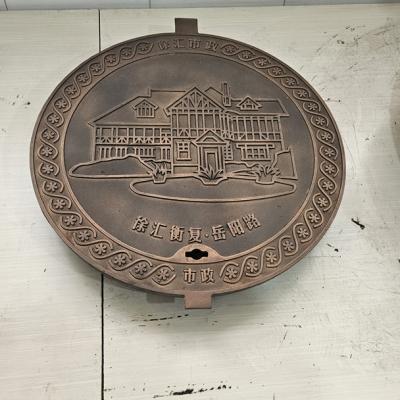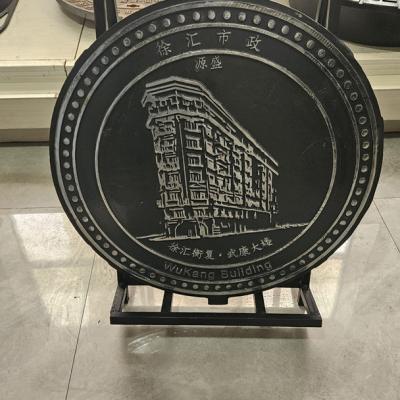1. Introduction
On 25 March 2025, the European Commission announced a significant tightening of its steel safeguard measures. These safeguards, first introduced in 2018, are designed to prevent sudden surges of imports that might destabilise the EU steel industry. Under the revised rules, the Commission has reduced the liberalisation rate from 1% to 0.1%, prohibited the transfer of unused tariff-rate quotas (TRQs) between countries (including Russia and Belarus), and restricted the carry-over of unused quotas for categories facing high import pressure.
For Europe’s tube and pipe producers, this is not just technical fine print. It is a direct response to market stress: by the end of 2024, the tube family had an average capacity utilisation of only ~50%, the weakest across all steel product groups. The revised rules are valid until 30 June 2026, when the current safeguard regime expires and the Commission plans to implement a new long-term import management tool.
2. The Changes in Detail
The March 2025 decision alters the mechanics of how imports can enter the EU market tariff-free.
Liberalisation cut: TRQs will now grow only 0.1% annually, compared to the previous 1%. This effectively caps import growth.
No cross-country borrowing: Importers can no longer tap into unused quotas from other countries, especially Russia/Belarus, which often served as a “back door” when preferred TRQs were full.
Carry-over limited: For categories under high import pressure, unused quota from one quarter can no longer roll over into the next.
The consequence: once a quarterly quota is exhausted, additional imports face a 25% out-of-quota duty. For welded pipe importers, timing becomes as important as pricing.
3. Pros for the EU
Breathing room for domestic mills: EU tube producers gain space to increase utilisation, protect margins, and plan investments, including in green steel.
Predictability: The new rules reduce quota “gaming” at quarter ends, making flows more stable.
Transition period: With safeguards running until mid-2026, the EU has time to design a replacement mechanism that balances protection with supply needs.
4. Cons for Buyers and Projects
Higher and more volatile prices: Out-of-quota duties of 25% can apply suddenly once a TRQ is filled.
Tighter availability: With reduced carry-over and no borrowing between countries, shortages can appear mid-quarter.
Project risk: Infrastructure, water, and energy projects that depend on welded pipes may face delays or forced specification changes if materials miss quota windows.
5. Impact on SSAW and ERW Pipes (Noksel’s Lens)
For spiral submerged arc welded (SSAW) and electric resistance welded (ERW) pipes, the implications are clear:
Country-specific quotas matter more: Turkey is a key supplier of welded pipes to the EU. If Turkey’s TRQ fills early, shipments face 25% duty until the next quarter.
Timing over price: Securing delivery inside quota windows becomes strategic. Logistics and customs clearance dates are now as critical as the base price.
Shift to EU supply: When certainty is required, EPCs and contractors may prefer EU-made ERW pipes, even at a premium, rather than risk out-of-quota penalties.
Strategic hedging: Clients may split orders across quarters or origins, balancing cost with availability.
6. Key Players and Projects Affected
EU tube and pipe producers: Gain most directly; higher utilisation and stable order books.
Turkish welded pipe mills (e.g., Noksel): Still vital, but must optimise logistics, plan shipments around TRQs, and communicate proactively with clients.
EPC contractors and utilities: Must adapt tendering and procurement, aligning project schedules with quota availability.
Strategic projects: Water supply networks, dredging projects, and district heating upgrades in Central and Eastern Europe are all directly exposed to welded pipe imports.
7. Strategic Advice for Buyers and EPCs
Check the TRQ clock: Always align purchase orders, production schedules, and vessel arrival dates with open quota periods.
Split orders: Structure deliveries across multiple quarters or origins to spread risk.
Have an EU fallback: For critical deadlines, keep specifications ready for EU-made ERW or LSAW pipes.
Balance cost and certainty: A 5–10% higher EU price may be cheaper than a sudden 25% duty.
8. Conclusion
The EU’s safeguard revision makes imports tighter, slower, and more predictable—by design. For SSAW and ERW pipes, the focus shifts from “finding the best price” to “securing the right timing and quota window.”
For European mills, this is a chance to stabilise utilisation and prepare for the post-2026 landscape. For importers and EPCs, it is a challenge to re-think logistics and risk management.
At Kostroma, we help our partners navigate this complexity—combining supplier networks (e.g., Noksel), logistics planning, and market intelligence—so projects in water, energy, and infrastructure move forward without disruption.

